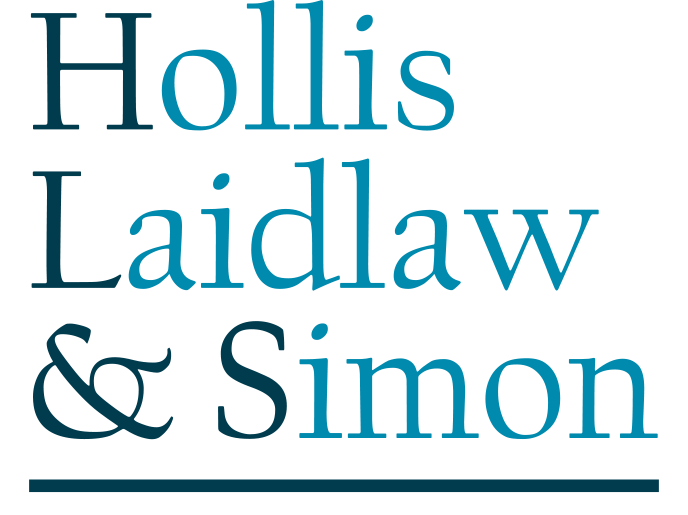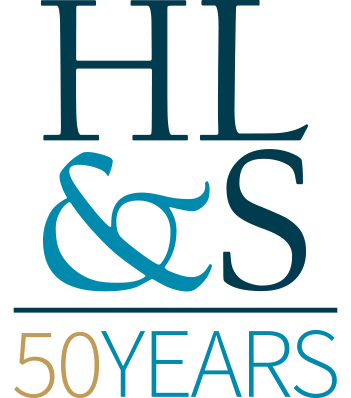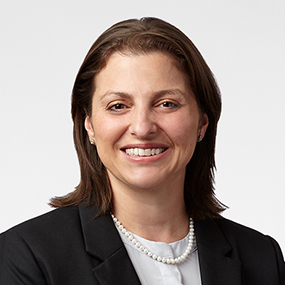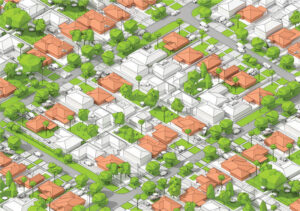Medicaid is a publicly funded health insurance program designed for people with low incomes and for adults over age 65, certified blind, or certified disabled individuals. It is jointly funded by the federal and state governments. As such, each state administers its own Medicaid program in accordance with federal requirements but with different eligibility rules across the states. The result of these different eligibility rules is that an individual eligible for Medicaid in New York may not be eligible for Medicaid in Connecticut, New Jersey, or another state.
Medicaid is sometimes confused with Medicare. Medicare provides insurance coverage for people aged 65 and older; it is not a means-tested program but is instead based on an individual’s work record. Medicare covers both in-patient care through its Part A program and outpatient services such as doctor’s visits through Part B. Medicare’s coverage of long term care is extremely limited leaving Medicaid as the only government program that pays for the cost of long term care. A person can be eligible for and receive Medicaid and Medicare at the same time so long as they qualify for coverage under both programs.
Authorized by Title XIX of the Social Security Act, Medicaid was signed into law on July 30, 1965 alongside Medicare.1www.cms.gov/About-CMS/Agency-Information/History The concept for Medicaid began two decades earlier when President Harry S. Truman asked Congress to create legislation for a national health care program.2www.archives.gov/milestone-documents/medicare-and-medicaid-act In recognition of this effort to establish a national health insurance program, President Lyndon B. Johnson signed the Social Security Act into law with former President Truman at the Truman Presidential Library in Missouri.3www.archives.gov/milestone-documents/medicare-and-medicaid-act Since 1965, the Medicaid program has expanded to provide coverage to income-eligible families, children, and adults under age 65.4www.chcs.org/media/Medicaid-Timeline-Fact-Sheet_01.14.20v2.pdf The Centers for Medicare & Medicaid Services (“CMS”), a federal agency under the U.S. Department of Health and Human Services, oversees Medicaid at the federal level and provides guidance for states to administer their Medicaid programs.5https://www.usa.gov/federal-agencies/centers-for-medicare-and-medicaid-services; https://www.macpac.gov/medicaid-101/administration/
The Difference between Institutional and Community Medicaid
For individuals over age 65, the two types of Medicaid are institutional Medicaid and community Medicaid. Institutional Medicaid pays for long term care in a skilled nursing facility (i.e., nursing home). Community Medicaid pays for homecare so applicants can remain in their community and is best known for providing home health aides for personal care. We encourage families to consider their loved one’s current and future health care needs when deciding whether to apply for institutional or community Medicaid services because the planning and application process for each program are different and require time and effort from family members.
In general, to qualify for either program applicants must 1) have a medical need for institutional care or homecare, 2) be financially eligible, and 3) meet the income requirement. When deciding which Medicaid program is right for you or your loved one, it is important to consider the following:
Medical Need
Medicaid services must be medically necessary and essential to maintain the applicant’s health and safety either in a nursing home or the applicant’s own home.
Institutional Medicaid requires that the applicant be receiving care in a skilled nursing facility (i.e., nursing home) before applying for Medicaid.
Community Medicaid coverage of long-term care requires that the applicant need assistance with at least three activities of daily living, or two activities of daily living if the person has dementia. Activities of daily living include bathing, dressing, grooming, eating, transferring, ambulating, and toileting.6www.health.ny.gov/health_care/medicaid/publications/docs/adm/11adm-6att1.pdf
Financial Eligibility
For Medicaid purposes, income and resources are treated separately. First, Medicaid looks at resources to determine if an applicant is eligible by looking at the countable assets titled to an individual/couple’s name as of the first of the month. If an individual/couple is under the resource limit, Medicaid then moves on to looking at income. New York Medicaid does not count an individual/couple’s home or qualified retirement accounts (there are some exceptions).
Institutional Medicaid has a five-year lookback period which means an applicant must submit financial statements for all open and closed accounts owned by the applicant and spouse for the past five years. Medicaid will assess a transfer penalty for any assets that were transferred for less that fair market value.
Community Medicaid currently has no lookback period. Applicants must submit the most recent three months of financial statements for the applicant and his spouse. A 30-month lookback period was supposed to take effect for Community Medicaid in 2020, but the NYS Department of Health delayed this until at least March 1, 2024.7http://health.wnylc.com/health/news/85/#3%20ADL
Income Requirement
For income purposes, the rules differ depending on whether an individual is seeking home care or nursing home care and whether one individual needs care or both individuals need care. When an individual or couple is seeking home care services and have met the resource test, Medicaid will compare the individual or couple’s income to the Medicaid income limit. If the individual or couple has excess income (i.e., income over the limit), there are still options to qualify for Medicaid coverage.
One of those options allows an individual/couple to participate in a pooled income trust. With a pooled income trust, an “account” is established with a non-profit pooled trust company, the individual/couple then deposits their excess income amount into that account on a monthly basis. The individual/couple then submit their monthly bills to the pooled income trust company for payment. In this way, an individual/couple can use their income on their non-medical expenses and still qualify for community Medicaid benefits. Each pooled income trust charges a monthly service fee. If money remains in the pooled income trust on death of the individual/couple, that money is retained by the pooled income trust to support their non-profit activities.
For Institutional Medicaid, the individual must contribute the majority of his income to pay the nursing home. The individual may keep $50/month and enough money to pay for any health insurance premiums. Medicaid will also consider the income of the individual’s spouse. However, if the individual has a spouse in the community, some of the individual’s income may be paid to the community spouse if such spouse’s income is under a certain threshold. If the community spouse’s income is high, she can refuse to contribute her income (knowns as “spousal refusal”) so that only the institutionalized spouse’s income must be contributed to pay the nursing home.
Current Eligibility Criteria
The current Medicaid eligibility criteria in New York, effective January 1, 2023, is as follows8www.health.ny.gov/health_care/medicaid/publications/docs/gis/22ma14.pdf Medicaid’s resource and income limits are based on the federal poverty level. On January 19, 2023, the federal poverty limit increased, this resulted in slightly higher Medicaid resource and income limits than those effective on January 1, 2023 (see, https://www.health.ny.gov/health_care/medicaid/publications/docs/gis/23ma02.pdf and https://www.health.ny.gov/health_care/medicaid/publications/docs/gis/23ma02_att1.pdf.:
- Allowable resources for institutional and community Medicaid are $30,182 for a single person (up from $16,800 in 2022) and $40,821 for a married couple (up from $24,600 in 2022).
- Home equity limit for institutional and community Medicaid is $1,033,000 (up from $955,000 in 2022).
- Income limits for institutional and community Medicaid are $1,677/mo. for a single person (up from $934/mo. in 2022) plus a $20 disregard and $2,268/mo. for a married couple (up from $1,367 in 2022) plus a $20 disregard.
If you or your loved one are interested in qualifying for Medicaid, please reach out to Hollis Laidlaw & Simon P.C. for a complimentary consultation.













